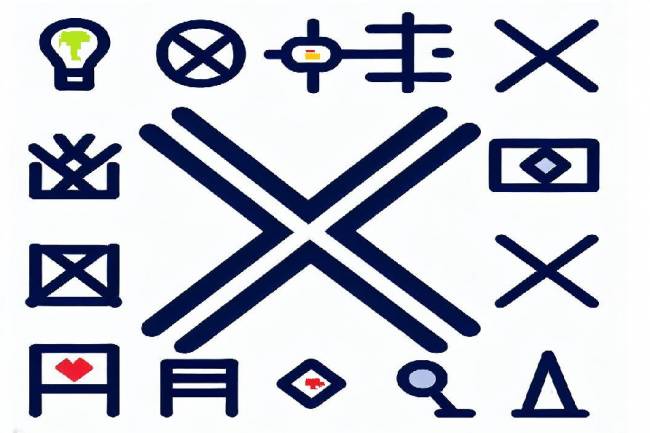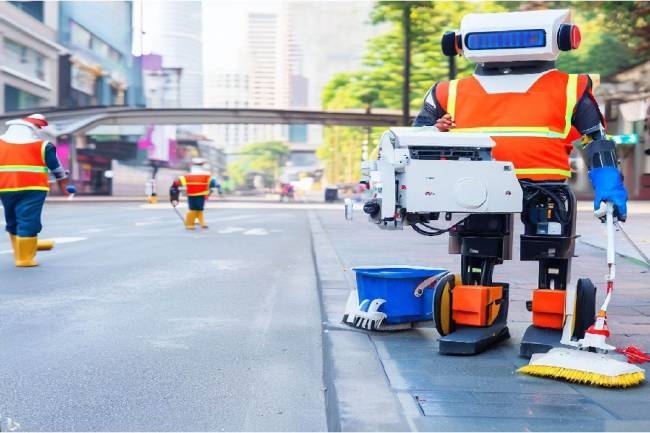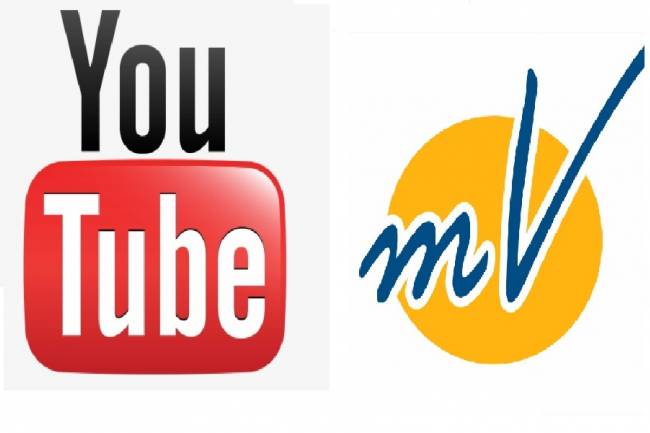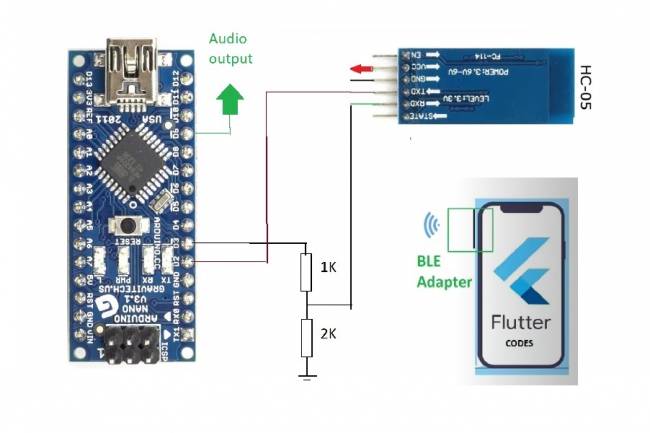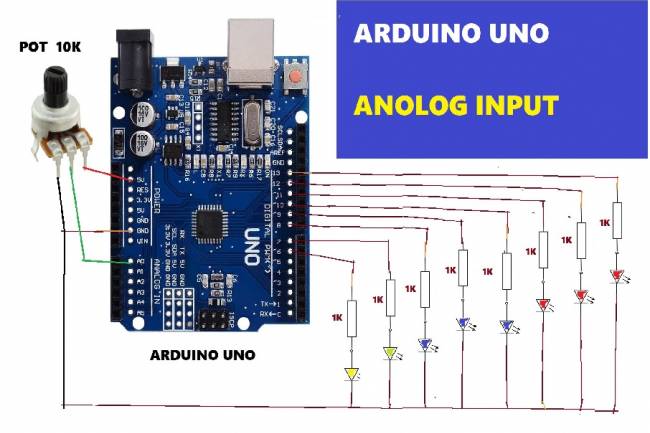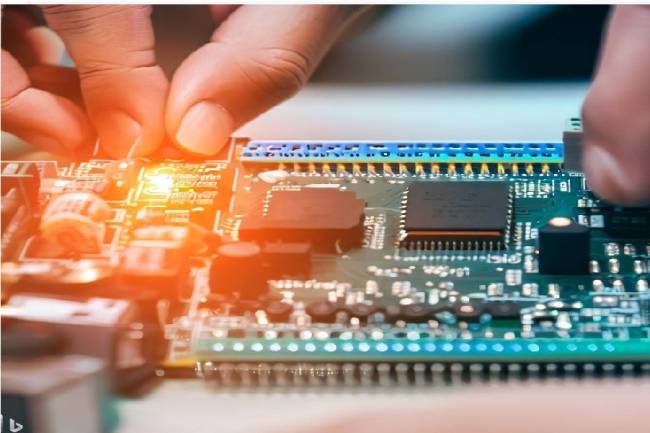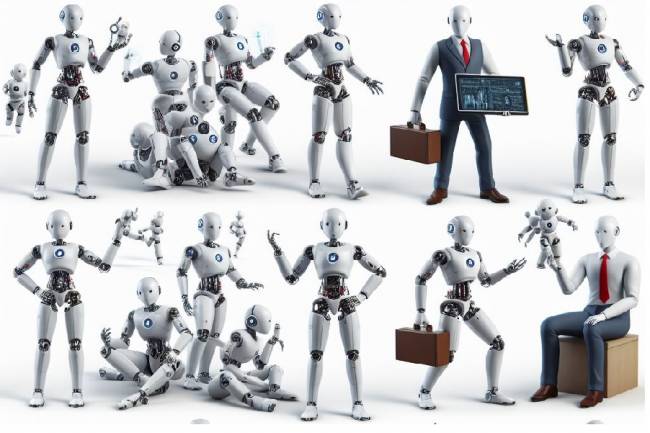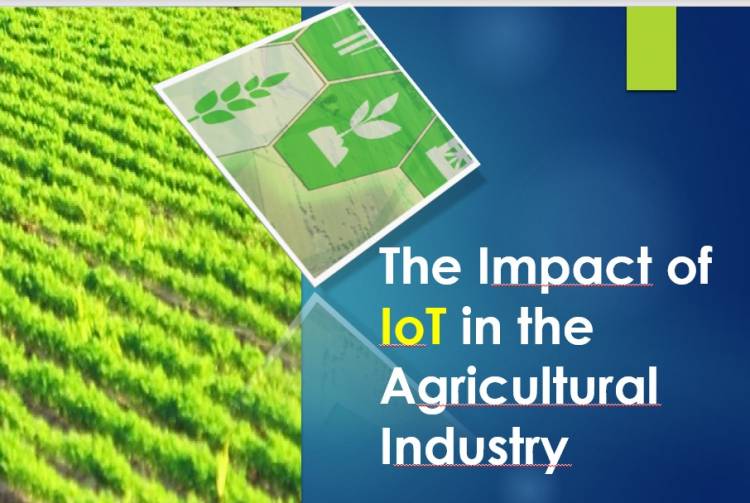
The impact of iOT in the agricultural industry
The agricultural industry is one of the most important industries in the world. It's responsible for feeding billions of people each year, but it's also incredibly inefficient. More than half of all food produced globally is lost or wasted before being eaten, often because crops are not irrigated at the right time or in the right amount.
Today we are talking about another change in the farming world.
With this new technology, you can use your smartphone or tablet to control the irrigation system. You can even set it to warn you before certain times of the day and make sure none of your plants are over or under watered.
This technology has been used in other industries for decades, but today we are talking about another shift in the agricultural world. The Internet of Things (IoT) will revolutionize agriculture by allowing farmers to collect data from their fields using sensors and other devices such as drones or robots.
This change has the potential to revolutionize agriculture globally.
The Internet of Things (IoT) is a global network that connects devices, machines and people through information exchange. This concept is similar to the internet in that it allows communication between devices, but also includes physical elements such as home appliances, vehicles, and other items you might find in your home.
The term was coined by Kevin Ashton in 1999 while working at Procter & Gamble while working on the company's product tracking system called "Auto-ID". Ashton's vision was to create an open network where all objects could be identified and tracked online; This would allow companies to streamline their supply chains and provide consumers with more information about their products.
The concept behind IoT is simple: connect any device or machine so you can monitor data or receive alerts when something goes wrong on your farm. This change has the potential to revolutionize agriculture globally by opening new channels of communication between farmers and customers around the world.
The name of this new technology. The name of this new technology is the Internet of Things, or IoT for short.
The IoT is a network of interconnected devices that communicate with each other without the need for human input. It has great potential when applied to agriculture, but further development is needed before it can be relied upon for productivity and productivity gains.
Smart sensors are small, low-cost devices that are connected to a central system and report data wirelessly over the internet. These sensors can be used for a variety of applications and their capabilities may vary depending on the type of sensor. For example, some smart sensors can only measure temperature, while others can measure atmospheric conditions such as wind speed or humidity.
An intelligent irrigation system uses a combination of advanced hardware components as well as software algorithms to monitor soil conditions (such as moisture levels) in real time. This data is then used for field history, weather forecasts, etc. It is analyzed by an algorithm that determines when certain crops will need water based on an algorithm customized for each crop type.
Smart sensors Smart sensors can be installed in fields, farms and greenhouses very easily.
Intelligent sensors can be deployed in fields, farms and greenhouses quite easily. These are small, low-cost devices that report data over the internet. They can be mounted on a wall or a tower and periodically measure soil moisture levels, temperature, light intensity and humidity, among other things. These sensors can be connected to the controller of an irrigation system using technology such as Zigbee (a protocol for wireless communication) to determine how much water should be applied to the crops grown.
The good thing about this solution is that water is only applied when needed - farmers save from wasted water and pumps etc. It saves a lot of money on the electricity used by
The way out: The IoT has great potential when applied to agriculture, but still needs some further development before it can be relied upon for efficiency and productivity gains
As a result, the IoT has great potential when applied to agriculture. It can be used to monitor and analyze data, as well as for a better user experience and access to resources. However, this technology is still in its infancy and there are some hurdles that must be overcome before it can be relied upon for efficiency and productivity gains.
Solution
The Internet of Things has enormous potential for the agricultural sector, but it is still in its infancy. There are many challenges that need to be addressed in order for its potential to be fully realized. It will take some time before we see widespread adoption of this technology by farmers around the world.



